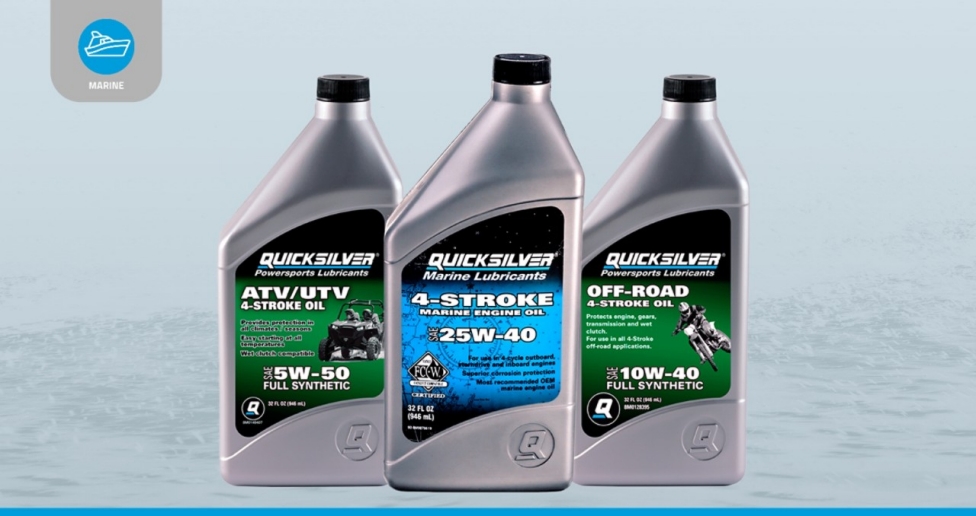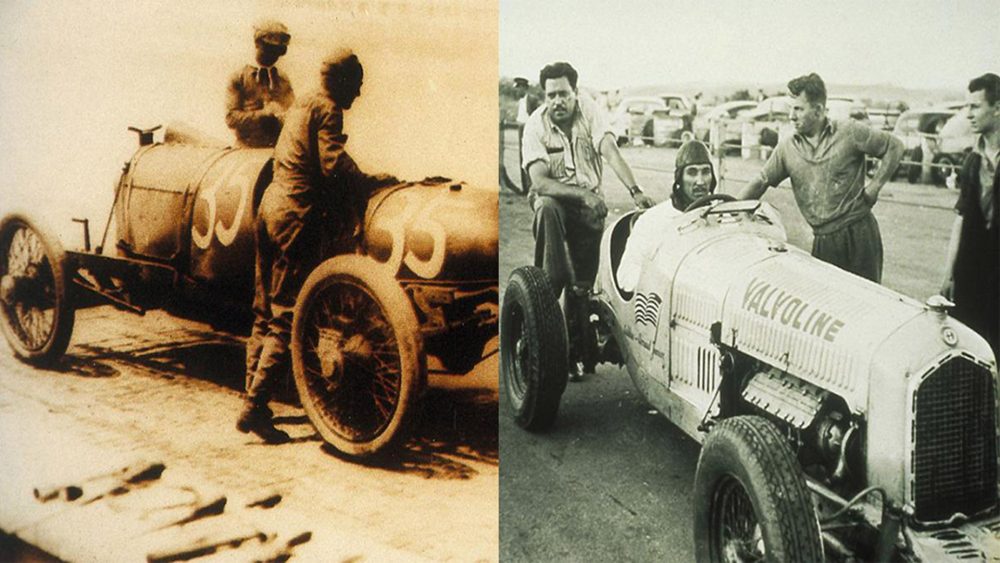How Engine Oil Flush Works: Unveiling Motor Health Secrets
# How Does Engine Oil Flush Work?
Engine oil flush is a process designed to clean the inside of the engine by removing sludge, varnish, and other contaminants that may have accumulated over time. This procedure aims to improve engine performance, enhance fuel economy, and prolong the life of the engine. In this article, we will delve into the details of how engine oil flush works and whether it is a recommended practice for maintaining your vehicle’s engine.
## What Is Engine Oil Flush?
Engine oil flush involves adding a chemical solution to the old engine oil before draining it. The solution is circulated through the engine to dissolve and suspend the accumulated deposits. After a brief period, the contaminated oil and flush solution are drained, making way for fresh oil and a new filter.
## The Process of Engine Oil Flush
The process of engine oil flush can be broken down into several steps:
### Step 1: Preparation
Before starting the flush, the engine should be at operating temperature to ensure that the contaminants are in a liquid state and can be easily removed. The old oil is drained from the engine, and the oil filter is removed.
### Step 2: Adding the Flush Solution
The engine flush solution is added to the engine, and the vehicle is run for a short period as per the manufacturer’s instructions. This allows the flush solution to circulate throughout the engine, breaking down the sludge and varnish deposits.
### Step 3: Draining the Contaminants
After the circulation period, the contaminated oil and flush solution are drained from the engine. This removes the dissolved deposits along with the old oil.
### Step 4: Installing a New Filter and Adding Fresh Oil
Once the contaminants are drained, a new oil filter is installed, and fresh oil is added to the engine. This ensures that the engine is now running with clean oil, free from accumulated sludge and varnish.
### Step 5: Post-Flush Check
After the flush, the vehicle is started, and the oil level is checked to ensure that it is within the recommended range. This step ensures that the engine is properly lubricated with the fresh oil.
## Does Engine Oil Flush Work?
The effectiveness of engine oil flush has been a topic of debate among automotive experts. Proponents argue that it helps to remove harmful deposits and improves engine performance, while skeptics raise concerns about potential damage to engine components.
### Benefits of Engine Oil Flush
1. Enhanced Engine Performance: By removing contaminants, an engine flush can improve the overall performance of the engine, leading to smoother operation and better power delivery.
2. Improved Fuel Economy: A clean engine operates more efficiently, leading to better fuel economy and reduced emissions.
3. Extended Engine Life: Regular engine flushes can help in preventing the build-up of harmful deposits, which can contribute to the longevity of the engine.
### Drawbacks of Engine Oil Flush
1. Potential for Damage: Some automotive experts caution that the chemicals used in engine flush solutions may react with rubber or plastic components in the engine, potentially causing damage.
2. Risk of Dislodging Deposits: There is a concern that dislodged deposits may clog narrow oil passages or filters, leading to oil starvation and potential engine damage.
3. Manufacturer Disapproval: Many vehicle manufacturers do not recommend the use of engine flushes, citing potential risks to engine components.
## Is Engine Oil Flush Recommended?
Whether to perform an engine oil flush or not depends on various factors, including the age and condition of the engine, driving habits, and maintenance history. If the engine has a history of poor maintenance or has accumulated significant sludge and varnish, an engine oil flush may be beneficial. However, for newer vehicles with regular maintenance, it may not be necessary and could pose unnecessary risks.
## Conclusion
In summary, engine oil flush is a process designed to clean the inside of the engine by removing accumulated deposits. While it may offer benefits such as enhanced engine performance and improved fuel economy, there are also potential risks associated with the process. Before deciding to perform an engine oil flush, it is essential to weigh the potential benefits against the risks and consider the recommendations of the vehicle manufacturer. As with any maintenance procedure, consulting with a qualified automotive professional can provide valuable insights into whether engine oil flush is suitable for your vehicle.


